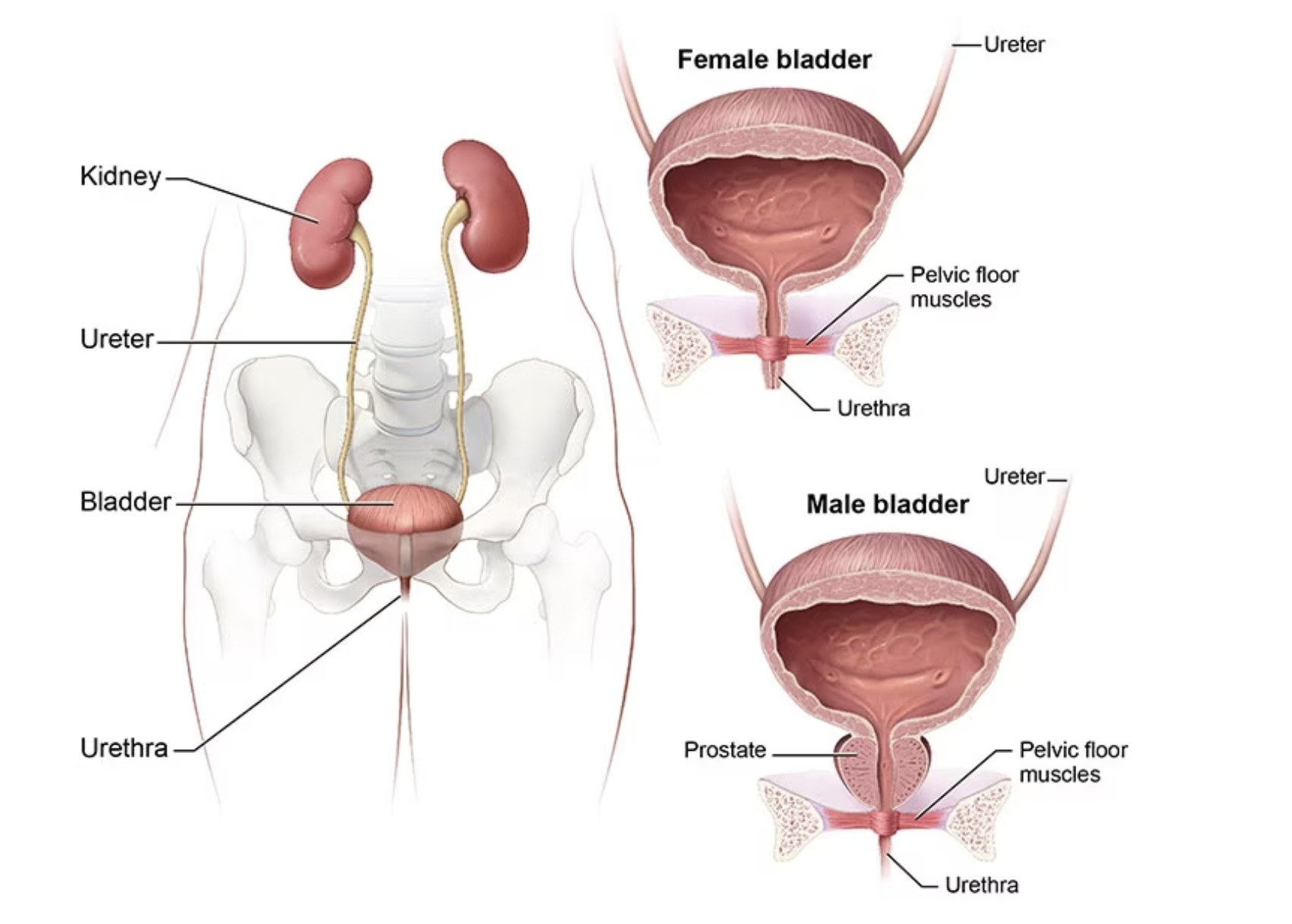Dr Rajesh Taneja
MCh Urology ( AIIMS)
Senior Consultant and Advisor
Urology and Robotic Surgery
Indraprastha Apollo hospitals
New Delhi
Interstitial Cystitis is a disease in which there is intense pain or discomfort in urinary bladder leading to frequent visits to washroom. Here is an insight into what is it and how can we identify people who suffer from this miserable disease.
We all have a system of filtering the toxic products from our blood, which is done nonstop by our kidneys from the time we are born till our last breath. This produces a concentrated solution of toxic substances called ‘Urine’. We are not even aware that this extremely concentrated toxic solution is stored in ‘Urinary bladder’ which prevents damage to any organs in the body. This is because of a special insulation on the interior lining of the bladder called the GAG layer, technically called the glycosamine glycan layer. We take this function of bladder for granted and never ever think about it unless this layer gets damaged, and urine causes pain in the bladder.
Bladder is like balloon which stores urine and keeps expanding as urine gets accumulated. Imagine if there is a wound in bladder, then expansion of bladder will produce a stretch on this wound causing generation of pain signals. Thus, as the bladder starts to fill, these patients start having pain in urinary bladder. This is called Bladder Pain syndrome or Interstitial cystitis.
The patients with this disease suffer from pain in lower abdomen and genital areas as the bladder starts to fill. These patients learn that if they empty their bladders, then the pain will reduce in intensity. Therefore, they try to empty their bladder even if a small amount of urine has accumulated in their bladders. This leads to enormous frequency of visits to washrooms, sometimes every 15-20 minutes, nonstop, 24 hours a day, seven days a week. These patients are morbidly scared of holding urine in their bladders that they would not even sleep properly. Since they do not allow the bladder to be filled to their capacity, they never have normal sensation of bladder fullness. The pain is so intense that it grips most of the lower abdomen and pelvis so that they cannot sit restfully for even short time and need to constantly change position. Thus, they cannot participate in family functions, celebrations, and family outings. The family members tend to believe that these persons do not want to participate in family activities and therefore are pretending to be sick. These women have intense pain during sexual activity and therefore they try to detest intimacy, which is seen by their partners as a sign of rebellion. The pain of bladder is aggravated by consuming certain food items like spices, citrus fruits like lemon, pungent items like ginger etc.
When these patients are seen by family doctors, they are treated as infections with various courses of antibiotics. However, since this disease is not due to infection, they don’t get any better. When tests like urine, blood and even ultrasound are done, they turn out to be normal. Thus, the treating physician may miss the diagnosis and convey to the family that these patients are perhaps not having any organic disease. This further strengthens the feeling amongst the family that the patient is creating a fuss and is not suffering from any illness.
Imagine the misery of the patient, who is suffering from intense pain every moment and the immediate family members, who should be supporting them, turn hostile as they strongly feel that the person is pretending. This adds to the misery of these patients many folds, leading to suicidal tendencies.
The diagnosis of this disease is usually made by an expert urologist who is keen to listen to the patients’ complaints and ask leading questions. The urologist may decide to do cystoscopy, which is looking inside the urinary bladder through the urinary passage. This must be done under general anesthesia, otherwise it may cause pain in the bladder and add to the misery of the patient. There are certain features in the bladder, which may be seen during cystoscopy only and these may give clues to the possible treatment of this disease. One such feature is known as Hunner’s lesions.
The treatment consists of oral medications as well as instilling solutions in urinary bladder. The disease may respond to various extents in various patients. Since most of the constituents of urine are products of what we eat, diet has a direct effect on the disease process and the symptoms it produces. Strict dietary discretion is advised to these patients. various internet sites guide patients of Interstitial cystitis or IC as they are called about how to tailor their diets. These sites usually guide the patients about western diets. We now have book on Indian diet for IC patients, both in English and Hindi. Certain forms of this disease are related to dysfunction of muscles of pelvis. Such patients are tremendously helped by guided physiotherapy, supervised by experts who understand and specialize in this disease.
It is important to spread the awareness of this disease amongst general public, so that the patients them selves may prompt the doctors to look for this disease. Urologists or the specialists in urinary diseases should be able to help these patients. This disease is not only a disease of the individual, who suffers incessantly in pain, but engulfs the entire family and robs them off happiness. Therefore it is said that ‘Treat a bladder, save a family’.


